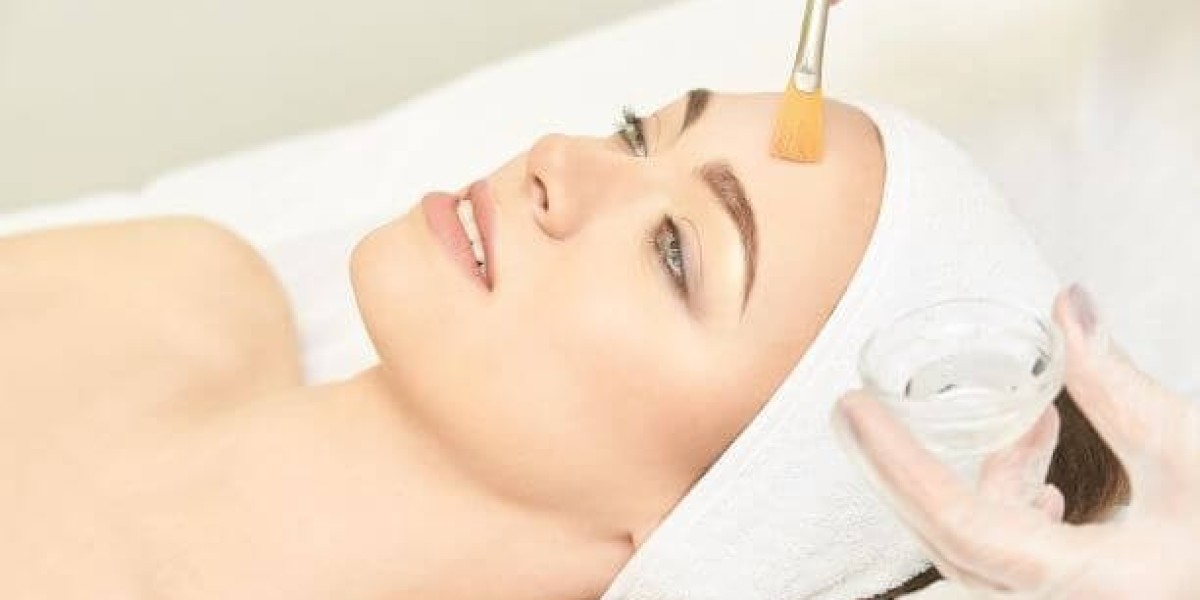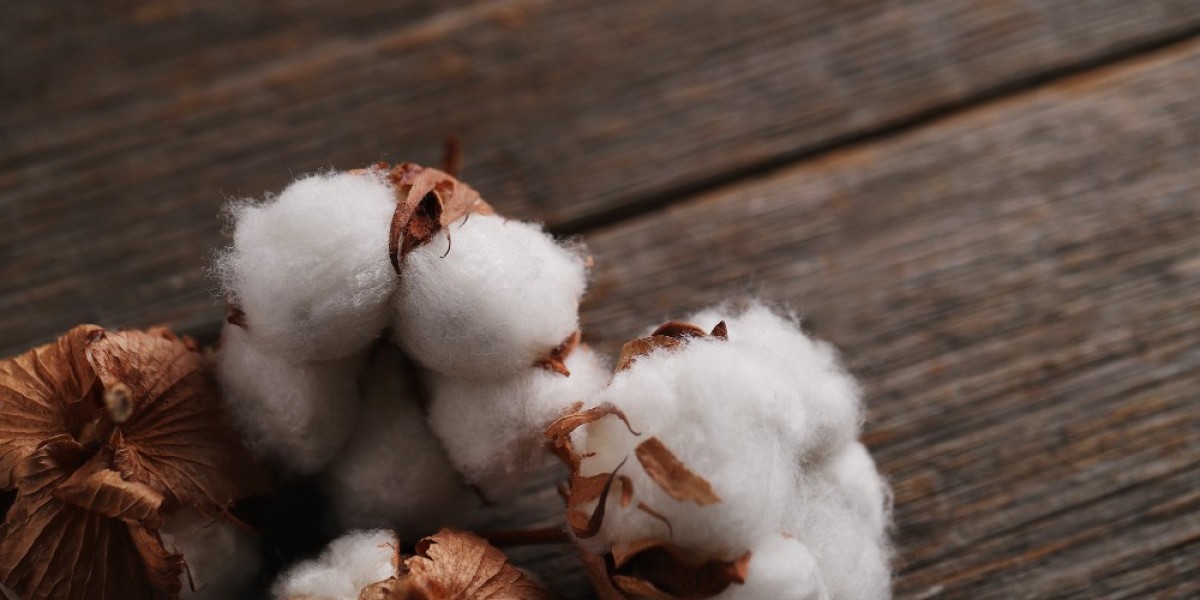In the glamorous city of Dubai, where beauty standards are exceptionally high, maintaining flawless skin is a priority for many residents. Among various cosmetic treatments, Chemical Peels Dubai have emerged as one of the most sought-after procedures for rejuvenating the skin. This article delves into the science behind chemical peels, exploring their effectiveness, types, benefits, and the latest trends in Dubai’s skincare industry.
Understanding Chemical Peels
A chemical peel is a dermatological treatment that involves applying a chemical solution to the skin to exfoliate and promote skin renewal. The solution causes the outer layer of skin to peel away, revealing fresher, healthier skin underneath. The process not only improves the skin’s appearance but also stimulates the growth of new skin cells, leading to a more radiant complexion.
How Chemical Peels Work
Chemical peels work by utilizing various acids to exfoliate the skin's surface. The depth of penetration and the strength of the peel determine its effectiveness. The primary components of chemical peels include:
Alpha Hydroxy Acids (AHAs): These are water-soluble acids derived from fruits, such as glycolic acid and lactic acid. They are effective in treating mild skin issues like dullness and uneven texture.
Beta Hydroxy Acids (BHAs): Salicylic acid is the most common BHA, known for its ability to penetrate oily skin and unclog pores. It is particularly effective for acne-prone skin.
Trichloroacetic Acid (TCA): This medium-depth peel is used to treat moderate skin concerns, such as sun damage, pigmentation, and fine lines.
Phenol: This deep peel is used for severe skin issues, such as deep wrinkles and significant sun damage. It penetrates the skin more profoundly and requires a longer recovery time.
Types of Chemical Peels
Chemical peels are categorized based on their strength and depth of penetration. Each type targets specific skin concerns and requires different levels of downtime.
1. Superficial Peels
Superficial peels are the mildest form of chemical peels and typically contain AHAs or BHAs. They gently exfoliate the outer layer of skin, making them suitable for individuals with minimal skin issues.
- Benefits:
- Enhances skin radiance
- Reduces mild acne
- Improves texture
- Minimal downtime (usually just a few hours)
2. Medium Peels
Medium peels use TCA to penetrate deeper into the skin, effectively targeting more significant skin concerns like moderate sun damage, pigmentation, and fine lines.
- Benefits:
- Improves skin tone and texture
- Reduces fine lines and wrinkles
- Helps treat acne scars
- Moderate downtime (approximately 5–7 days of peeling and redness)
3. Deep Peels
Deep peels utilize phenol, making them the most intensive type of chemical peel. They are used to address severe skin issues, such as deep wrinkles and significant sun damage.
- Benefits:
- Dramatically improves skin texture
- Provides long-lasting results
- Addresses deep wrinkles and scars
- Requires significant downtime (2–3 weeks)
The Procedure: What to Expect
Step 1: Consultation
Before undergoing a chemical peel, it is essential to consult with a qualified dermatologist. During this consultation, your skin will be assessed, and the most appropriate type of peel will be recommended based on your skin type, concerns, and desired results.
Step 2: Pre-Treatment Instructions
Your dermatologist may provide specific pre-treatment instructions to prepare your skin for the peel. This could include avoiding sun exposure, stopping certain medications, and using gentle skincare products.
Step 3: The Chemical Peel Application
On the day of the treatment, the following steps typically occur:
Cleansing: Your skin will be thoroughly cleansed to remove any makeup, dirt, or oil.
Chemical Solution Application: The chosen chemical solution will be applied to your skin using a brush, sponge, or cotton pad. The duration of application varies based on the type of peel.
Neutralization: In some cases, a neutralizing solution is applied to halt the chemical reaction.
Step 4: Post-Treatment Care
Following the procedure, your dermatologist will provide post-treatment care instructions, which are crucial for optimal recovery and results.
The Science Behind Chemical Peels
Mechanism of Action
The effectiveness of chemical peels lies in their ability to induce controlled damage to the skin. This controlled damage triggers the body’s natural healing process, resulting in the formation of new, healthier skin. Here’s how it works:
Exfoliation: The acids in the chemical solution break down the bonds between dead skin cells, facilitating their removal and revealing the fresh skin underneath.
Stimulation of Collagen Production: The healing process stimulates fibroblasts, which produce collagen and elastin—essential proteins for maintaining skin’s elasticity and firmness.
Skin Regeneration: As the skin heals, new skin cells are produced, replacing the damaged ones. This results in a smoother, more even complexion.
The Role of pH in Chemical Peels
The pH level of the chemical solution plays a significant role in its effectiveness. Lower pH solutions are more acidic, leading to deeper exfoliation and greater skin penetration. However, lower pH solutions also require careful application to avoid skin irritation or damage. Dermatologists must assess each patient’s skin type and tolerance to determine the appropriate solution and application time.
Safety and Efficacy
When performed by a qualified professional, chemical peels are considered safe and effective. Dermatologists in Dubai are trained to customize treatments based on individual needs, ensuring that patients receive the best care.
Benefits of Chemical Peels in Dubai
1. Radiant Skin
One of the most significant advantages of chemical peels is their ability to enhance skin radiance. By exfoliating dead skin cells and promoting cell turnover, chemical peels can give you a brighter, more luminous complexion.
2. Reduction of Acne and Scarring
Chemical peels are particularly effective for individuals with acne-prone skin. The exfoliating properties help to unclog pores and reduce inflammation, resulting in fewer breakouts. Additionally, they can diminish the appearance of acne scars, leading to smoother skin.
3. Improvement of Skin Texture and Tone
Chemical peels improve overall skin texture and tone, addressing issues such as roughness, uneven pigmentation, and enlarged pores. The result is smoother, more even skin that feels refreshed.
4. Minimal Downtime
Many chemical peels, especially superficial ones, require minimal downtime, making them ideal for busy individuals in Dubai. You can typically return to your regular activities within a short time, which is appealing for those with hectic schedules.
5. Long-Lasting Results
With proper aftercare and maintenance, the results of chemical peels can be long-lasting. Regular treatments can lead to ongoing improvements in skin quality and appearance.
Popular Trends in Dubai’s Skincare Industry
1. Customized Treatments
As Dubai’s skincare market evolves, there is a growing trend toward personalized skincare treatments. Many clinics now offer customized chemical peels that are tailored to individual skin types and concerns. This personalized approach ensures that patients receive the most effective treatment for their specific needs.
2. Combination Therapies
In recent years, combining chemical peels with other skincare treatments, such as microdermabrasion or laser therapy, has gained popularity. These combination therapies can enhance results, providing a more comprehensive approach to skincare.
3. Home Care Products
Many clinics in Dubai now offer post-peel skincare products designed to enhance and prolong the results of chemical peels. These products often include gentle cleansers, moisturizers, and sunscreens to support skin healing and protection.
4. Education and Awareness
With the rise of social media and beauty influencers, there is an increased awareness of the benefits of chemical peels among Dubai’s residents. More people are seeking information and education about the treatment, leading to a greater understanding of its science and efficacy.
Cost of Chemical Peels in Dubai
The cost of chemical peels in Dubai varies based on factors such as the type of peel, the clinic, and the expertise of the practitioner. On average, you can expect to pay:
- Superficial Peels: AED 300–800 per session
- Medium Peels: AED 1,000–2,500 per session
- Deep Peels: AED 3,000–7,000 per session
Many clinics also offer package deals, which can help reduce the overall cost if you plan to have multiple sessions.
Conclusion
Chemical peels represent a powerful tool in the quest for flawless skin, offering numerous benefits for residents of Dubai seeking to enhance their appearance. With their ability to exfoliate, rejuvenate, and improve skin texture, chemical peels have earned their place as one of the top skincare treatments in the region.







